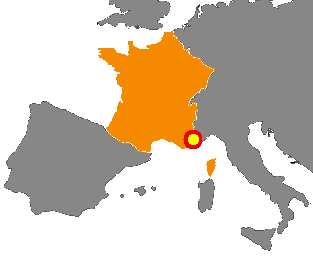Spike train statistics
The neuronal activity is manifested by the emission of action potentials (“spikes”) constituting spike trains. Those spike trains are usually not exactly reproducible when repeating the same experiment, even with a very good control ensuring that the experimental conditions have not changed. Therefore, researchers are seeking statistical regularities in order to provide an accurate model for spike train statistics, i.e. a probability distribution fitting the experimental data and/or matching what neuroscientists believe models should predict. Obtaining statistical models from experimental data remains a difficult task. It is simpler (although non trivial) to characterize spike trains statistics in neural networks models where one controls exactly the neural network parameters, the number of involved neurons, the number of samples, and the duration of the experiment (with a possible mathematical extrapolation to infinite time).
In this spirit, our group is, on one hand, producing analytical (and rigorous) results on statistics of spike trains in canonical neural network models (Integrate and Fire, conductance based). On the other hand we are using those results to resolve experimental questions and new algorithms for data treatments. We have developed a C++ library for spike train statistics based on Gibbs distributions analysis and freely available at http://www-sop.inria.fr/neuromathcomp/public/.shtml. We are collaborating with several biologist groups involved in the analysis of retina spike trains (Centro de Neurociencia Valparaiso; Molecular Biology Lab, Princeton; Institut de la vision, Paris).
